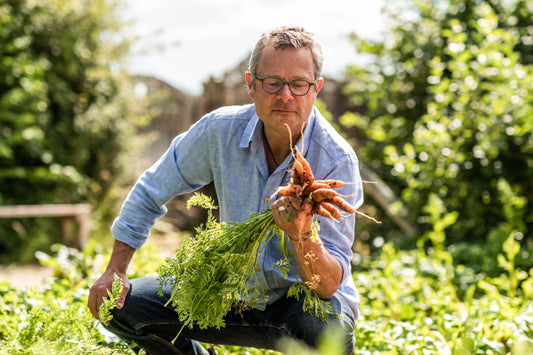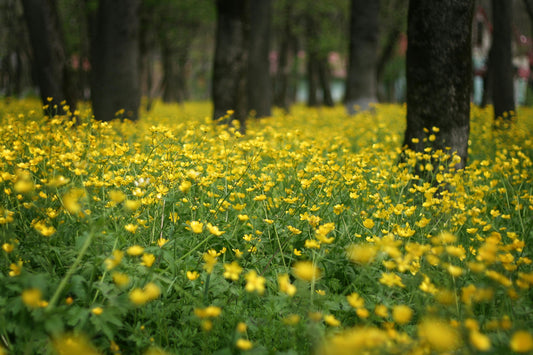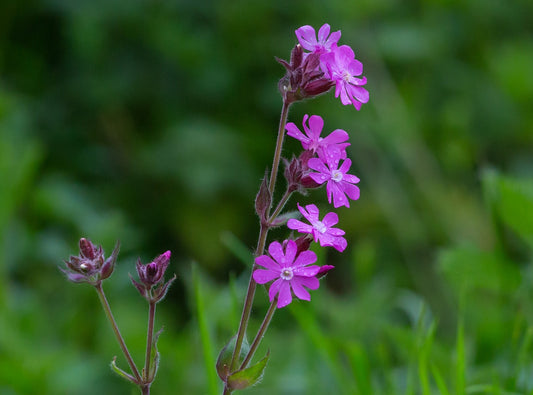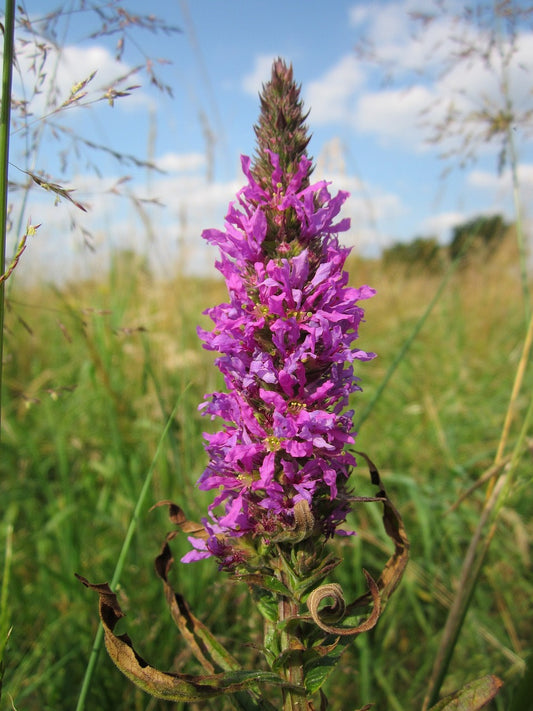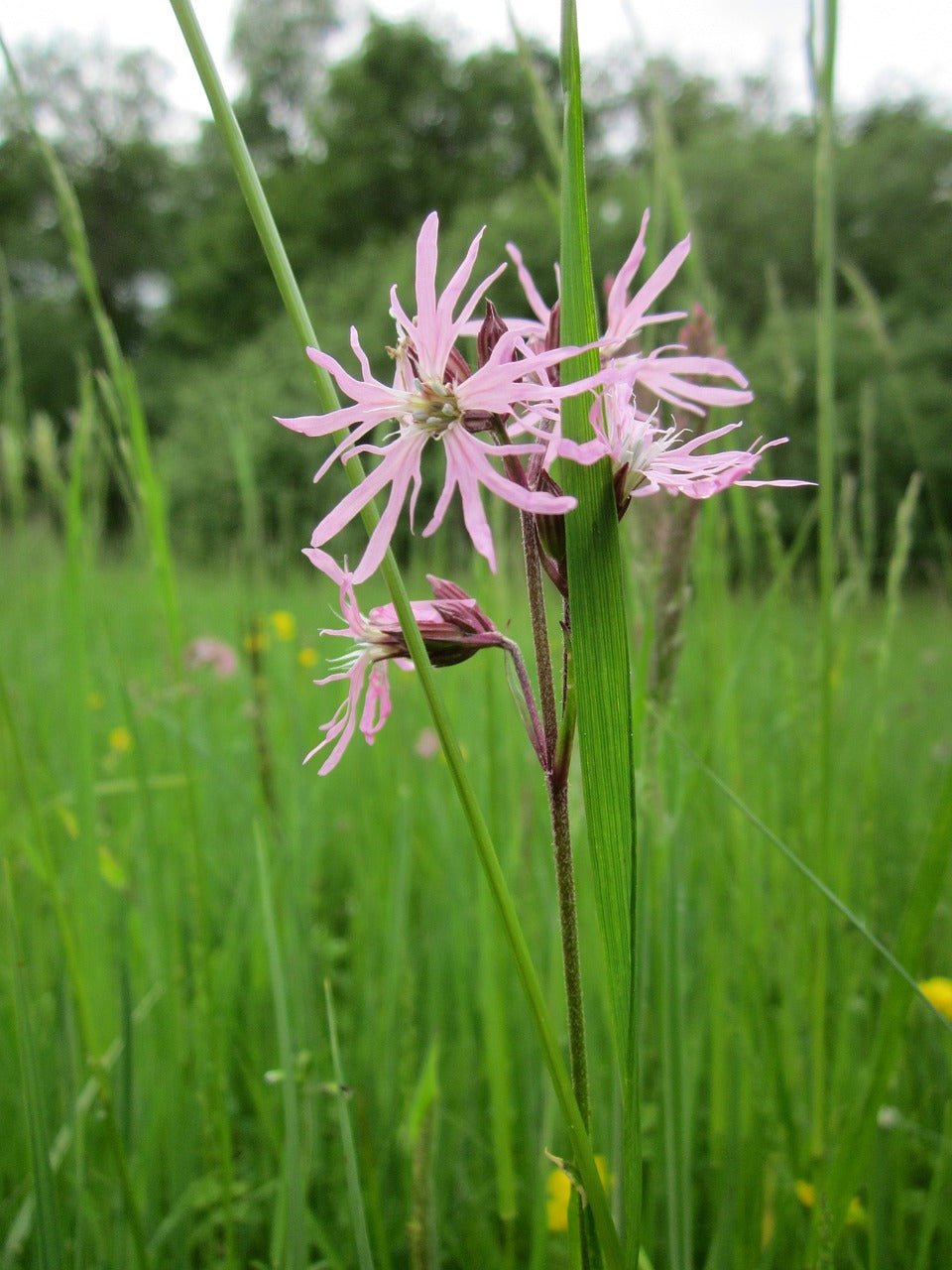
How to Plant and Grow Ragged Robin: The Ultimate Handbook for Wildflower Enthusiasts!
Planting Ragged Robin: A Guide to Growing This Beautiful Wildflower
Ragged Robin (Lychnis flos-cuculi) is a stunning wildflower with delicate, fringed pink blossoms that brighten up any garden. This guide will provide you with all the information you need to successfully plant and care for Ragged Robin, ensuring it thrives in your outdoor space.
What is Ragged Robin?
Ragged Robin is a perennial wildflower native to Europe. Its eye-catching flowers feature deeply fringed petals and are typically a vibrant shade of pink. Often found in meadows, wetlands, and along riverbanks, Ragged Robin is a wonderful addition to garden landscapes and wildflower meadows.
Benefits of Growing Ragged Robin
Growing Ragged Robin offers numerous benefits. Its bright flowers attract pollinators such as bees and butterflies, enhancing garden biodiversity. Additionally, Ragged Robin is relatively low-maintenance and can thrive in a variety of soil types and conditions.
Best Time to Plant Ragged Robin
The best time to plant Ragged Robin seeds is in early spring or late autumn. These times allow the seeds to experience natural cold stratification, which can help improve germination rates.
Choosing the Right Location for Ragged Robin
Ragged Robin prefers a sunny to partially shaded location and thrives in moist, well-drained soil. It is particularly well-suited for damp meadows, wetland gardens, and borders.
Preparing the Soil for Ragged Robin
1. Soil Preparation: Clear the planting area of weeds and debris. Loosen the soil to a depth of about 15 cm (6 inches) and incorporate organic matter or compost to improve soil fertility and drainage.
2. Soil Moisture: Ragged Robin prefers moist soil, so ensure the planting area retains some moisture but does not become waterlogged.
How to Sow Ragged Robin Seeds
1. Sowing Seeds: Scatter the Ragged Robin seeds evenly over the soil surface. Lightly press them into the soil or cover them with a very thin layer of compost. The seeds need light to germinate, so avoid burying them too deeply.
2. Watering: Keep the soil consistently moist until germination occurs. Once the seedlings are established, water as needed during dry spells to maintain moisture.
Caring for Ragged Robin Plants
Cowslip requires minimal care once established. Regular weeding and occasional watering will help ensure the plants remain healthy and vibrant. Mulching around the base can help retain moisture and suppress weeds.
Common Pests and Diseases
Ragged Robin is relatively pest-resistant but keep an eye out for slugs and snails. Ensuring good air circulation and avoiding overly wet conditions can help prevent fungal diseases.
Harvesting Ragged Robin
You can harvest Ragged Robin flowers when they are fully open. The flowers can be used for decorative purposes or dried for use in arrangements. For the best quality, harvest in the morning after the dew has evaporated.
Using Ragged Robin in Your Garden
Ragged Robin is perfect for adding a splash of colour to wildflower meadows, garden borders, and wetland areas. Its vibrant flowers and ease of care make it a valuable addition to many garden settings.
Companion Plants for Ragged Robin
Ragged Robin pairs beautifully with other wildflowers like marsh marigold, meadow buttercup, and golden samphire. These companions enhance the visual appeal and ecological balance of your garden.
Conclusion
Planting Ragged Robin is a rewarding way to bring beauty and ecological value to your garden. With its vibrant flowers and low-maintenance nature, Ragged Robin is an excellent choice for enhancing any garden space. Follow these tips to ensure your Ragged Robin thrives beautifully.

